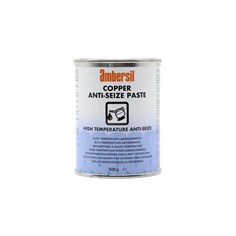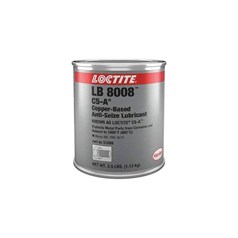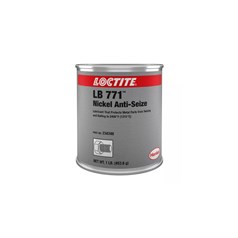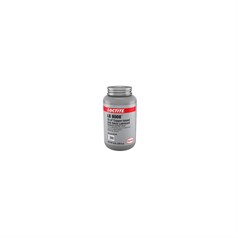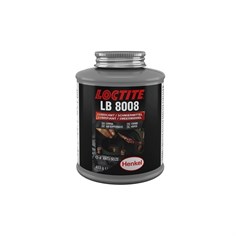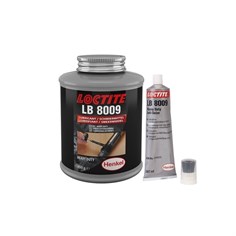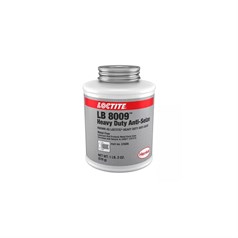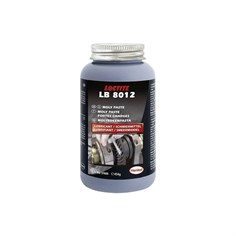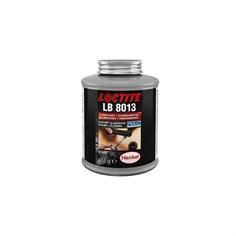- Home
- Lubricants
- Anti-Seize Lubricants
Anti-Seize Lubricants
Anti-seize lubricants are specially formulated to prevent corrosion and seizure of metal bolts, fasteners, and other clamped surfaces. They also help to reduce friction and wear, which can extend the life of the equipment. Our lubricants are designed to withstand high temperatures and harsh environmental conditions, providing long-lasting protection for your equipment and machinery. They are available in a range of formulations, including metal-free and food-grade options, so you can choose the right one for your specific application.
At Conro, we understand that in order to keep up with ever-changing industry standards, it’s important to have access to quality materials. That’s why all our anti-seize lubricants are manufactured to the highest standards and sourced from leading manufacturers such as Ambersil and Henkel Loctite.
Conro is an authorized distributor for Ambersil and Henkel.
Types of anti-seize lubricants
We offer a range of anti-seize lubricants with different properties and formulations to suit your specific needs:
- Copper-based: Ideal for high-temperature applications and electrically conductive.
- Zinc-based: Ideal to prevent corrosion and seizing on aluminium or aluminium alloy components.
- Aluminium-based: Safe for use on stainless steel and other sensitive alloys. Resistant to saltwater, chemicals, extreme heat, pressure and vibration.
- Metal-free: Perfect for marine applications and other high salt and/or humidity environments. Usually formulated with calcium and graphite.
- Food-grade: Designed for use in food processing equipment and other applications where incidental contact with food may occur. Resistant to high temperatures.
Benefits of anti-seize lubricants
Anti-seize compounds offer multiple benefits, including:
- Reducing friction and wear on metal surfaces, extending the life of equipment and machinery.
- Preventing seizing and galling of threaded connections, bolts, and nuts.
- Protecting against rust, corrosion and chemicals in harsh environments.
- Improving the ease of disassembly of equipment.
- Reducing maintenance costs by preventing equipment failure and downtime.






